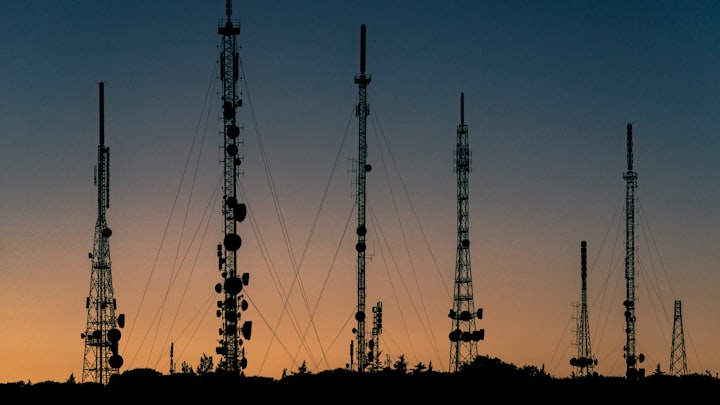How to Collect Scope 3 Emissions Data: A Comprehensive Guide
Gathering accurate Scope 3 emissions data is the cornerstone of impactful sustainability strategies. Dive into the essentials of data collection, from understanding sources to leveraging tools, and set the foundation for your organization's climate action journey.

Scope 3 emissions, encompassing all indirect emissions not covered in Scope 1 and Scope 2, often form the bulk of an organization's carbon footprint. But how do you go about collecting this data? Dive in to discover the steps and tools to make this process efficient and accurate.
1. Understand the Scope 3 Categories:
Before diving into data collection, familiarize yourself with the 15 categories of Scope 3 emissions, from purchased goods and services to end-of-life treatment of sold products.
2. Engage Your Suppliers:
- Open Communication: Initiate dialogues with suppliers to understand their emissions and data collection methods.
- Supplier Surveys: Use standardized questionnaires to gather emissions data from suppliers.
- Collaboration Platforms: Utilize platforms like Vizibl to streamline supplier engagement and data collection.
3. Utilize Emissions Factors:
For certain categories, direct data might be unavailable. In such cases, use established emissions factors and industry averages to estimate emissions.
4. Implement Data Collection Tools:
- Carbon Accounting Software: Tools like Carbon Analytics or EcoVadis can help automate the data collection process.
- Supply Chain Platforms: Platforms that integrate with suppliers can provide real-time emissions data.
5. Set Clear Reporting Boundaries:
Determine which Scope 3 categories are most relevant to your organization and set clear boundaries for data collection to ensure consistency.
6. Regularly Update and Verify Data:
- Annual Reviews: Conduct regular reviews to update emissions data and account for changes in the supply chain.
- Third-party Verification: Consider getting your data verified by external agencies to ensure accuracy and credibility.
7. Overcome Challenges:
- Data Gaps: In cases of missing data, use industry benchmarks or engage with suppliers to fill the gaps.
- Complex Supply Chains: For organizations with vast supply chains, prioritize key suppliers or high-impact areas.
Collecting Scope 3 emissions data is a comprehensive task, but with the right approach, tools, and collaboration, it's achievable. Accurate data is the foundation for setting meaningful reduction targets and making impactful changes in the fight against climate change.
For more insights on Scope 3 emissions and strategies for effective data collection, stay tuned to our upcoming content and resources.




Comments ()